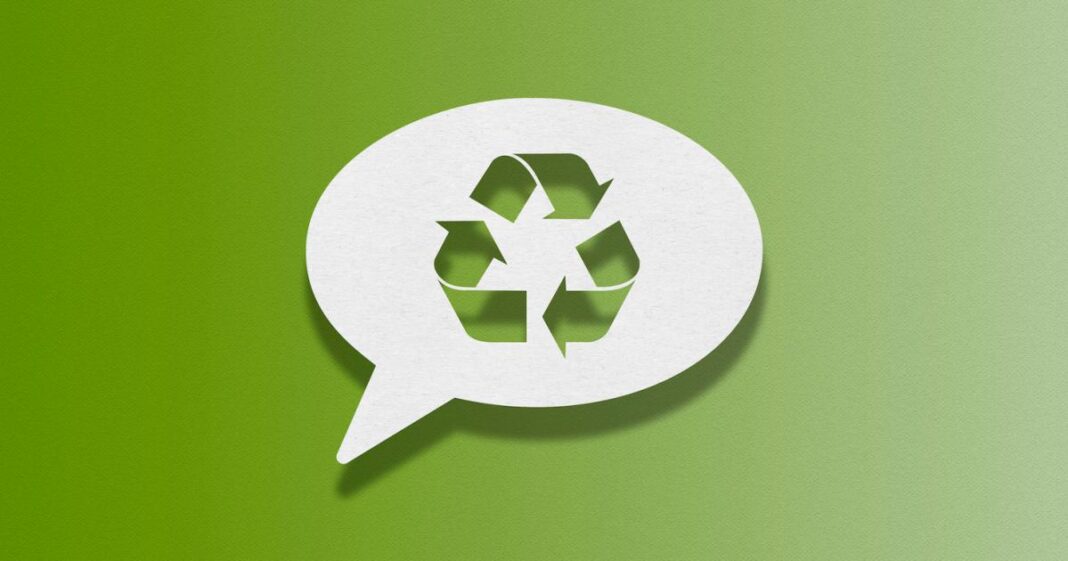I’m facilitating a discussion at Circularity 24 about how to talk about circularity with consumers — to engage them to participate and to drive brand preference and sales. The funny thing is, as we reached out to a few large “house of brands” companies to be part of the discussion, they didn’t feel like they were far enough along the path of actually implementing circular systems, let alone messaging to consumers about them.
There’s both irony and reality at play here. The irony is this:
- In our 2023 Global Eco Pulse study we asked people, “Think of someone who you consider to be eco-friendly. Which, if any, of the following describes the person that makes you consider them eco-friendly?” and then we gave a list. All but one of the top five answers were recycling and reuse behaviors. This matters because well over half of people around the world want to be seen as someone who engages in eco-friendly behaviors/purchases. So, offering consumers circular models is a way for brands to be heroes and help people manifest themselves as the eco-friendly people they want to be seen as.
- In our 2022 Eco Pulse study, we asked people in America who ranked themselves as “extremely concerned” about plastics in the ocean how much it would relieve their concerns about plastics if they were easier to reuse. Twenty-nine percent said entirely and 63 percent said somewhat. So circular business models are a key way to turn perceptions of plastics around — the petrochemical industry and the plastics packaging industry should be all over this!
And that gets us to the realities. Changing from a single use, linear way of doing things is HARD. Imagine you’re a brand that sells a consumable such as lotion or cookies. In order for a consumer to buy the lotion or cookies in a reusable format, there have to be dispensaries installed in the stores where they shop. We probably can’t rely on everyone to bring their own containers (likely with a deposit), so there has to be a way to take a container and bring it back, which then places a burden of cleaning the container on the retailer.
Starbucks is out in front on this — they recently expanded a reusable cup pilot to all their stores in the U.S. and Canada. I hope we’ll get to hear from them on lessons learned, and I hope other quick-serve chains will follow suit. The bigger challenge, though, remains retail.
If we’re going to implement circular systems at scale in everyday consumer experiences, brands, their suppliers, and retailers will have to work together to align on delivery systems that work. The Body Shop has been “going there” for a couple of years and likely has a lot to share/teach other retailers. Here’s a great piece with some insights.
Bottom line: People are interested in waste-free shopping. They want what it will say about them/allow themselves to project to the world, and they want it to be convenient. I say, give the people what they want! Work together to make it happen, tell the story of how you’re doing it, what you’re learning, and drive brand preference as a result.
